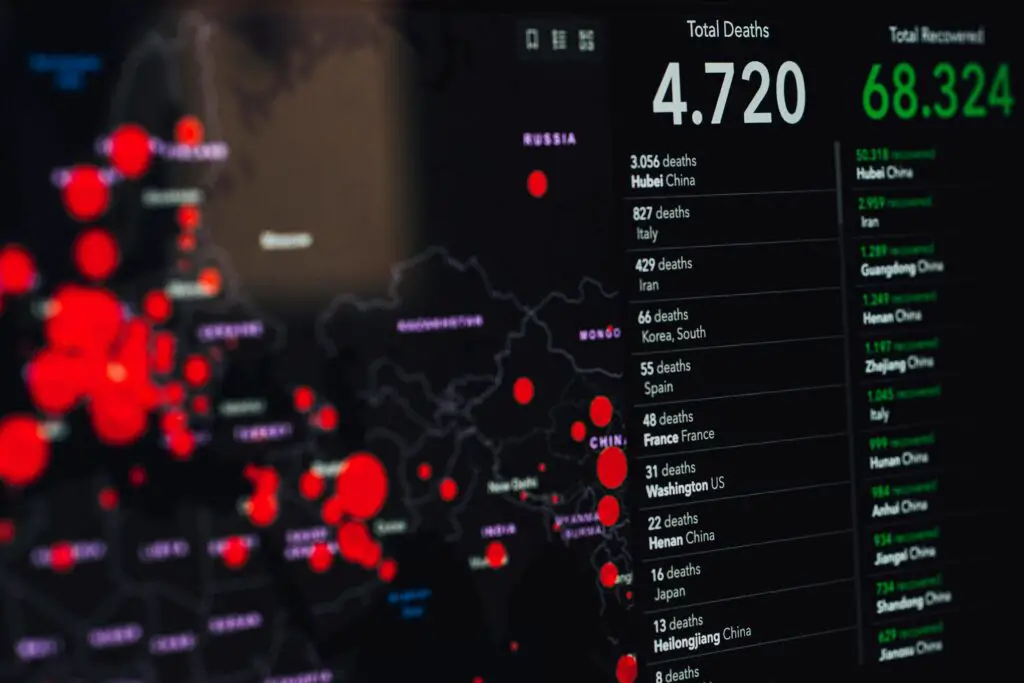
Table of Contents
Table
- Introduction to Monkeypox Virus
- What is Monkeypox Virus?
- Causes of Monkeypox Virus
- Risks Associated with Monkeypox Virus
- a. Transmission Methods
- b. Vulnerable Populations
- c. Complications of Monkeypox
- How to Stay Safe from Monkeypox Virus
- a. Preventative Measures
- b. Vaccination and Treatment Options
- Conclusion
- Frequently Asked Questions (FAQs)
Monkeypox Virus: Causes, Risks, and How to Stay Safe
Introduction to Monkeypox Virus
The global health community is increasingly focusing on the Monkeypox Virus due to recent outbreaks. Understanding this virus is crucial as it poses significant public health risks. This article will explore the causes, risks, and safety measures associated with the Monkeypox Virus.
What is Monkeypox Virus?
Monkeypox Virus is a zoonotic virus belonging to the Orthopoxvirus genus, closely related to the smallpox virus. First identified in laboratory monkeys in 1958, the virus has since been recognized as a significant human pathogen. The disease primarily occurs in Central and West African countries but has recently seen outbreaks in other parts of the world, raising global concerns.
Causes of Monkeypox Virus
The Monkeypox Virus is primarily transmitted from animals to humans through direct contact with the blood, bodily fluids, or skin/mucosal lesions of infected animals. Rodents and primates are considered the most common animal hosts. Human-to-human transmission can also occur, typically through close contact with respiratory secretions, skin lesions, or contaminated materials such as bedding.
- Animal to Human Transmission: Handling animals, particularly rodents and monkeys, that carry the virus is the most common cause of initial human infections.
- Human to Human Transmission: The virus can spread through respiratory droplets during prolonged face-to-face contact, or through direct contact with bodily fluids, lesions, or contaminated objects.
Risks Associated with Monkeypox Virus
The Monkeypox Virus presents several risks to both individuals and public health. Understanding these risks is key to preventing the spread of the virus.
a. Transmission Methods: The virus can be transmitted through:
- Direct Contact: Touching infected animals or humans, or materials contaminated with the virus.
- Respiratory Droplets: Close, prolonged contact with an infected person’s respiratory droplets.
- Contaminated Objects: Sharing items like bedding or clothing with an infected person.
b. Vulnerable Populations: Certain groups are more at risk, including:
- Children: Younger individuals tend to be more susceptible to severe symptoms.
- Immunocompromised Individuals: Those with weakened immune systems may experience more severe disease progression.
- Healthcare Workers: Without proper protective equipment, healthcare workers are at higher risk due to close contact with infected patients.
c. Complications of Monkeypox: Although generally less severe than smallpox, Monkeypox can lead to serious complications, such as:
- Pneumonia
- Sepsis
- Encephalitis (brain inflammation)
- Corneal infection leading to vision loss
How to Stay Safe from Monkeypox Virus
Preventing Monkeypox Virus infection involves a combination of personal hygiene, public health measures, and, where applicable, vaccination.
a. Preventative Measures:
- Avoid Contact with Potential Carriers: Limit exposure to wild animals, especially in regions where the virus is known to be present.
- Practice Good Hygiene: Regular handwashing with soap and water, especially after contact with animals or contaminated items, is essential.
- Use Protective Equipment: Healthcare workers and those caring for infected individuals should use gloves, masks, and other protective gear to minimize risk.
b. Vaccination and Treatment Options:
- Smallpox Vaccine: Historically, the smallpox vaccine has been effective in providing protection against Monkeypox, though newer vaccines are being developed and deployed.
- Antiviral Treatments: While there are no specific treatments for Monkeypox, antiviral drugs like Tecovirimat (TPOXX) are being used to manage symptoms and reduce severity.
- Quarantine and Isolation: Infected individuals should be isolated to prevent further spread, and those exposed should be monitored for symptoms.
Conclusion
The Monkeypox Virus, though less lethal than smallpox, poses significant health risks, especially in vulnerable populations. Understanding its causes, transmission methods, and risks is crucial for effective prevention. By taking proactive measures, including vaccination and good hygiene practices, we can help limit the spread of this virus.
Frequently Asked Questions (FAQs)
Q1: Can Monkeypox Virus be transmitted through food?
A: While rare, it is possible if the food has been contaminated with the virus through infected animals or surfaces.
Q2: Is there a specific vaccine for Monkeypox?
A: There are vaccines originally developed for smallpox that provide protection against Monkeypox, and newer vaccines are being rolled out.
Q3: What should I do if I suspect I have Monkeypox?
A: Seek medical attention immediately. Isolate yourself to prevent spreading the virus and follow healthcare guidelines.
This blog post provides a thorough, informative overview of the Monkeypox Virus while being optimized for search engines. The content is designed to educate readers on the importance of awareness and safety in preventing the spread of this virus.

